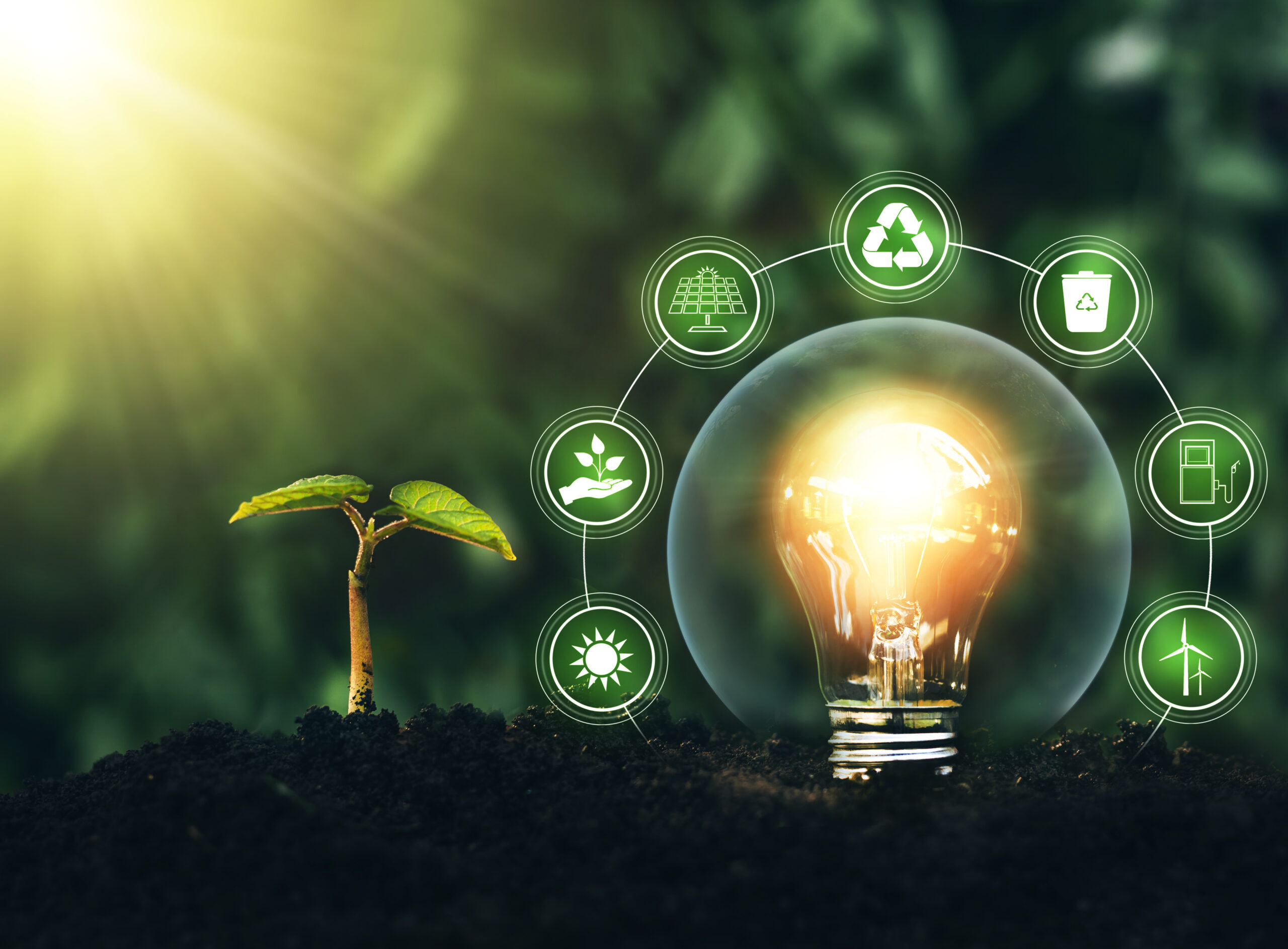By Tyler Pommier
As someone who works in renewable energy and is passionate about technology, I’m constantly thinking about how we can improve the way we power our world. The truth is, we’re at an exciting crossroads—where clean energy meets cutting-edge technology. Artificial intelligence (AI) and automation aren’t just buzzwords anymore. They’re tools that are actively reshaping how we produce, manage, and deliver renewable energy.
Living and working in Baton Rouge, Louisiana, I’ve seen firsthand how the South is slowly beginning to shift toward more sustainable energy options. While we’ve made big strides with solar, wind, and energy storage, it’s the integration of smart technology that’s really changing the game.
The Challenge of Clean Energy
Before we dive into how AI and automation are helping, it’s important to understand one of the main challenges in renewable energy: it’s not always predictable. The sun doesn’t always shine, and the wind doesn’t always blow. That creates issues when trying to provide a constant, reliable flow of energy to homes and businesses.
Traditionally, our energy grid was built to support fossil fuels, which can be turned on and off as needed. Renewable sources work differently, which means we need smarter systems to manage how and when energy is used.
That’s where AI and automation come in.
Smarter Grids, Better Decisions
One of the most exciting uses of AI in renewable energy is in making our power grids smarter. A “smart grid” uses sensors, real-time data, and automated decision-making to better balance energy supply and demand. AI can predict when energy use will be high and adjust accordingly, which helps prevent blackouts and reduces waste.
Let’s say a neighborhood is using solar panels. AI can predict how much energy those panels will generate on a given day based on weather patterns. If a cloudy afternoon is coming, the system can automatically pull energy from storage or from other sources to make up the difference. That kind of flexibility just isn’t possible without smart tech in place.
Predictive Maintenance Keeps Things Running
Another way AI is improving renewable energy is by helping us take care of the equipment itself. Whether it’s a wind turbine or a solar inverter, these systems require regular maintenance. But checking every part manually is expensive and time-consuming.
AI helps us shift from reactive to predictive maintenance. Instead of waiting for something to break, AI analyzes performance data and can tell us when a part is likely to fail. That allows us to make repairs early, save money, and avoid downtime. It also extends the life of the equipment, making our investments go further.
Automation in Action
While AI handles the thinking, automation handles the doing. Automation is what allows smart systems to respond instantly without human involvement. For example, if a sudden drop in wind causes a dip in power, an automated system can switch to battery backup or adjust other energy sources in real time.
Automation also plays a big role in operations like solar panel tracking systems. Some modern solar farms now use automated motors that rotate panels throughout the day to follow the sun. This simple adjustment can boost energy production by up to 25%.
In short, automation takes good data and turns it into smart action—fast.
AI at the Local Level
One of the things I get most excited about is how these technologies can empower local communities. AI and automation aren’t just for massive utility companies. We’re seeing more and more homeowners using smart thermostats and home energy systems that adjust settings automatically to save energy and cut costs.
In rural areas or off-grid communities, smart microgrids powered by solar panels and battery storage can use AI to self-regulate. These systems are flexible, efficient, and can even operate independently from the larger grid. For places in the South that are prone to storms and outages, this kind of resilience is a game-changer.
Bridging the Gap with Data
Data is the fuel behind all of this. AI works by analyzing huge amounts of information—everything from weather forecasts to energy usage patterns—and using it to make smarter choices. The more data we have, the more accurate and useful the AI becomes.
That’s why investing in digital infrastructure is just as important as building solar farms or wind turbines. Without the sensors, software, and data connections to support smart systems, we miss out on a huge part of the value clean energy can offer.
Looking Ahead
The combination of renewable energy, AI, and automation is still evolving, but the potential is massive. As we continue to scale up solar, wind, and battery storage across the U.S.—and especially here in the South—we’ll need smarter systems to tie it all together.
I believe that AI and automation aren’t just technical solutions. They’re tools for building a more efficient, affordable, and sustainable future. When done right, they can help us reduce emissions, lower energy bills, and even create new jobs in tech and energy.
Final Thoughts
Every time I see a wind turbine adjusting itself for maximum efficiency or a smart home cutting its energy use without lifting a finger, I’m reminded of how far we’ve come. Clean energy is no longer just about installing panels or turbines—it’s about how we manage and optimize that energy in real time.
As someone who loves both technology and sustainability, I see a future where the two are deeply connected. AI and automation won’t replace people in the clean energy space—they’ll empower us to do more, think bigger, and make the most of every watt we produce.
We’re not just powering homes and businesses anymore—we’re powering progress. And I couldn’t be more excited to be part of that journey.
